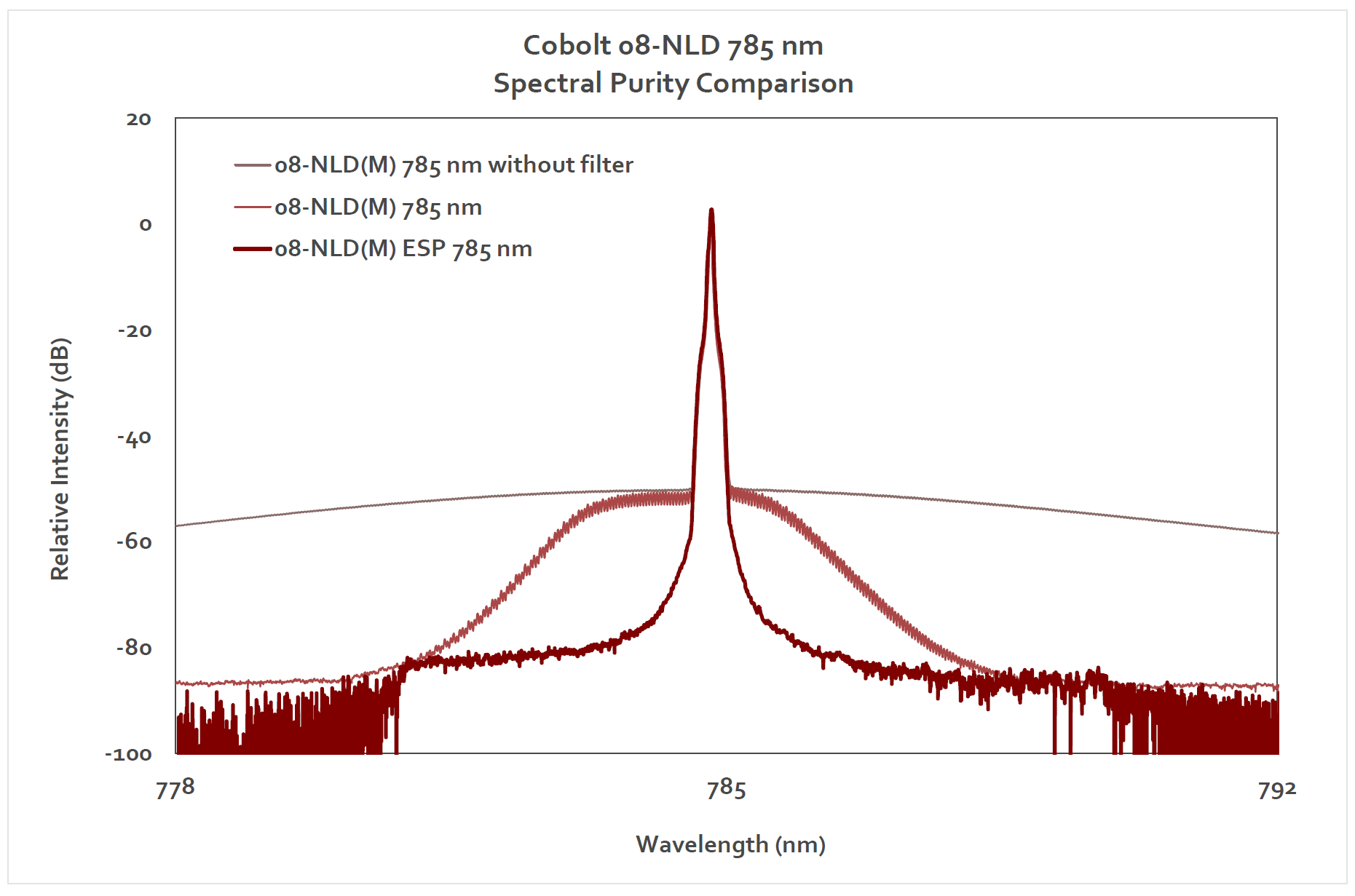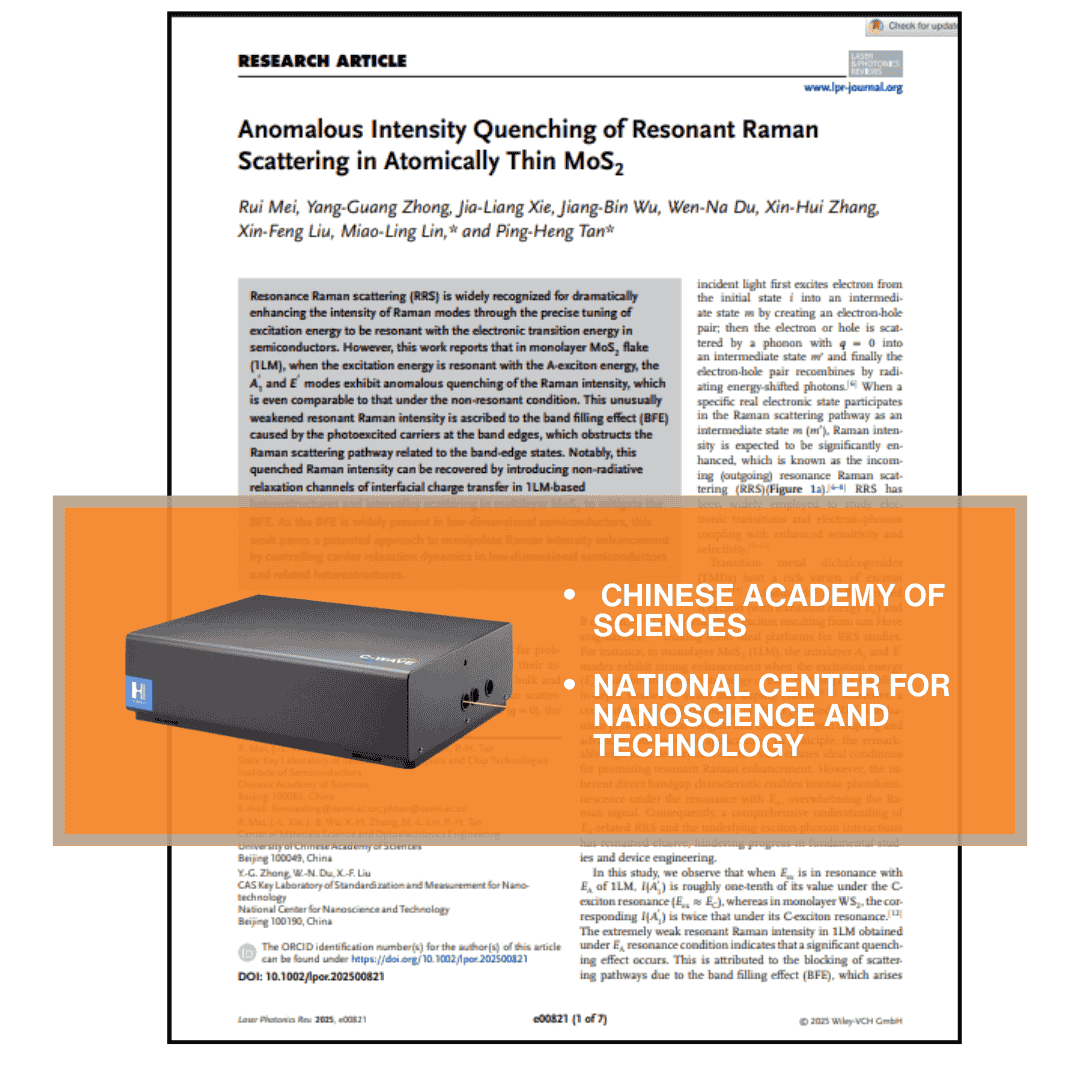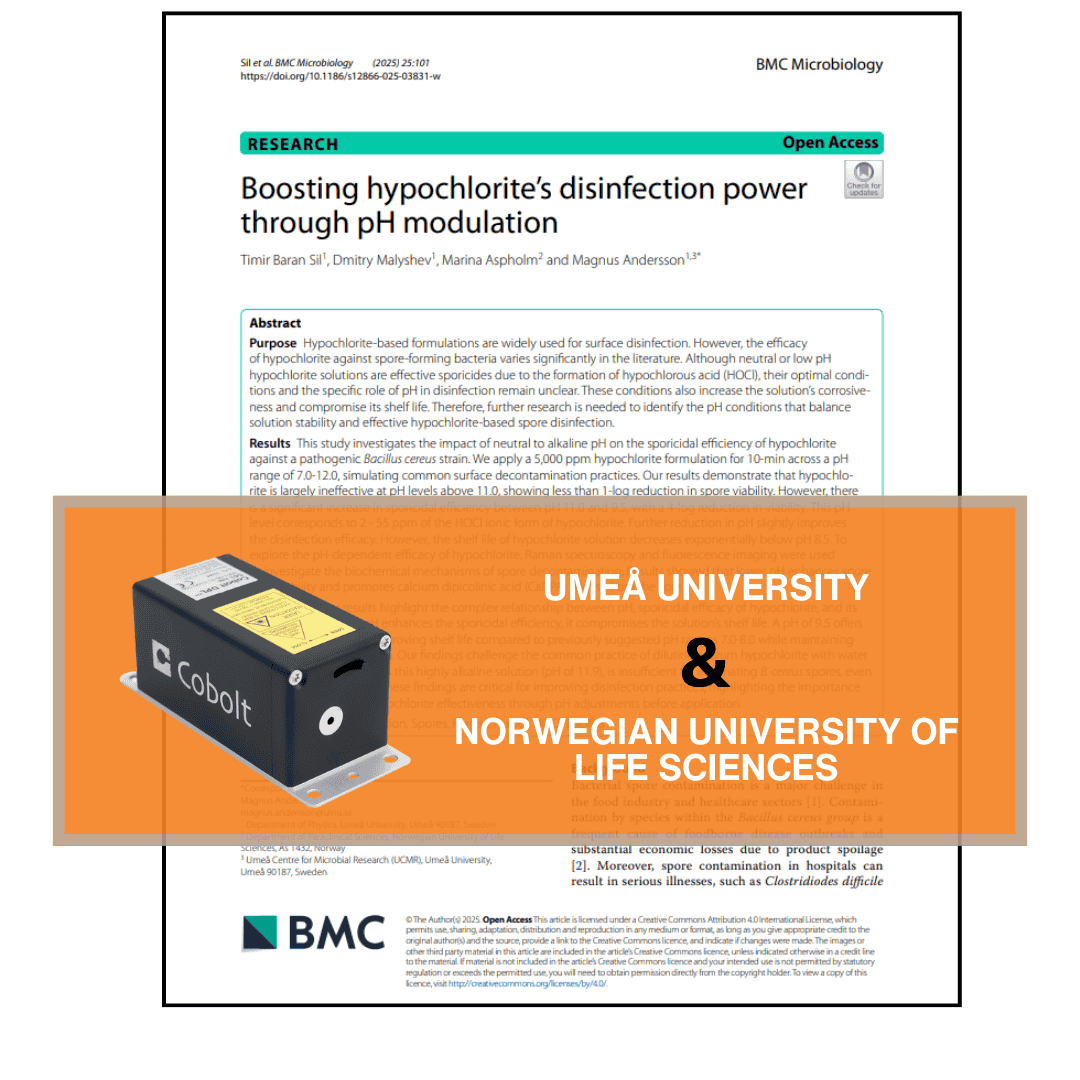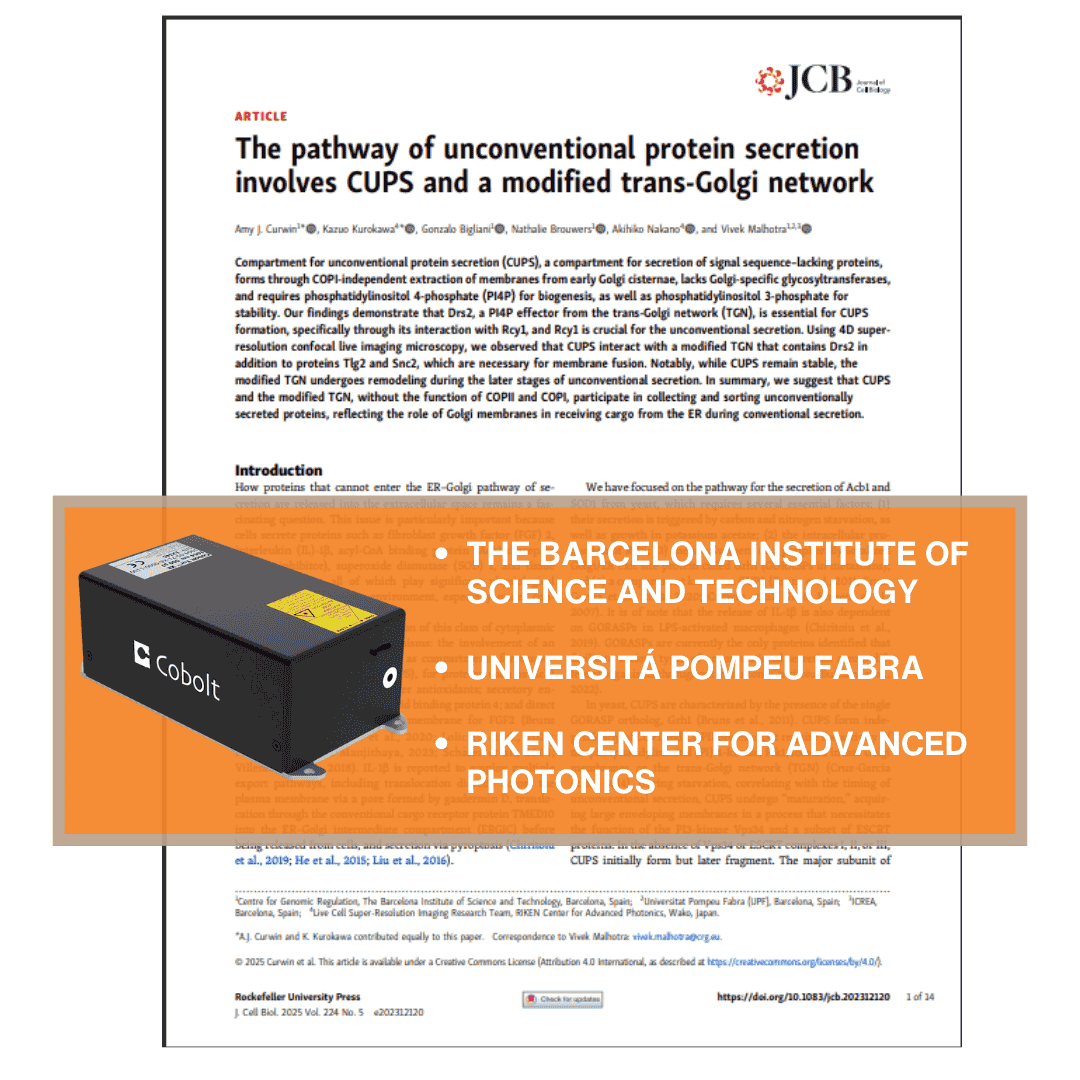3 February, 2025
Low frequency Raman spectroscopy in pharmaceutical inspection
Recently there is also a lot of interest in accessing the low-frequency Raman spectroscopy region (<10 cm-1 to 200 cm-1). Raman shifts in this frequency range give access to lattice vibrations of molecular crystals and have the potential to more directly probe intermolecular interactions in solid materials. The low-frequency Raman region probes the same low-energy vibrational and rotational modes of molecular structures as terahertz spectroscopy (300 GHz – 6 THz). The THz region of Raman spectra contain important structural information about the molecules or crystal lattices under investigation. In the pharmaceutical industry, for instance, this structural information can help to determine the crystallinity, and therefore solubility, of pharmaceuticals. Specifically, low-frequency Raman spectroscopy provides an avenue to probe polymorphic structures of pharmaceutical systems before and after tableting, as well as drug identification and quantitation for crystalline materials, both of which are critical quality attributes in pharmaceutics.
Being able to determine the structural form of the Active Pharmaceutical Ingredients (API) is a primary objective in the pharmaceutical industry during drug development, manufacturing and quality control. APIs exhibit polymorphism, which is characterized as having identical chemical compositions but different solid-state structures that may affect the bioavailability and therapeutic index, which could lead to compromised efficiency of any final drug product [2-3]. Probing the low frequency Raman region has several advantages over existing techniques such as ease of collecting data (compared with tradition methods such as X-ray powder diffraction and differential scanning calorimetry), collecting spectrum rich in structural information as well as being able to discriminate crystalline forms.
Narrow-line diode lasers for low frequency Raman
Laser sources suitable for Raman spectroscopy at 785 nm can be fabricated from AlGaAs-based semiconductor devices. Depending on the emitter size and geometry they can be designed to emit single-transversal mode beams (lower power) or multi-transversal mode beams (higher power). Semiconductor lasers have a broad gain spectrum and typically have bandwidths of over 1 nm and with long spectral tails stretching several 10s of nm from the main peak. They can be made to emit spectrally single-mode radiation by introducing distributed wavelength selective gratings (DBR/DFB) into the structure. DBR/DFB lasers at around 780 nm are available at up to a few 10s of mW output power. As an alternative for higher power levels, it is possible to turn the broad-band emission from a semiconductor laser into narrow-band by building an external cavity with a separate wavelength-selective cavity element. In this way the stimulated emission from the laser will be frequency-locked to the spectral distribution of the feed-back from the external cavity element. A conventional way of constructing such frequency-locked semiconductor laser is to build an external cavity using a Volume Bragg Grating element (VBG).

The excellent spectral purity of the Cobolt 08-NLDM ESP 785 nm laser is shown by comparing its spectral peak (red) with a standard frequency-locked diode laser with an external dichroic filter (orange) and with a standard frequency-locked diode laser without external filter (blue). The Cobolt 08-NLDM ESP 785 nm achieves > 60 dB SMSR at < 0.3 nm (or < 5 cm−1) without any external filtering.
The output beam from the 785 nm semiconductor emitter is collimated and before going into the VBG element, which reflects a fraction of the light with a narrow spectral distribution back into the semiconductor. A draw-back for both DFB/DBR and conventional VBG frequency-locked laser devices is that a fair amount of broad-band Amplified Spontaneous Emission (ASE) from the semiconductor is still emitted from the laser device. This limits the SMSR ratio to around 40-50 dB up to several nm’s away from the main peak. In order for such lasers to be useful for Raman spectroscopy they have to be spectrally filtered with external clean-up filters. In the case of low-frequency Raman spectroscopy it is not enough to use standard dichroic filters with a typical bandgap of 1-2 nm, but necessary to use more narrow spectral filtering, typically by adding a second external VBG element. This additional VBG filter adds cost to the system and can be challenging to match spectrally to the specific output wavelength of the laser.
In order to overcome this draw-back, we present here an alternative and patent pending design for frequency-locking a semiconductor laser. Instead of using a partially transmissive VBG as in the conventional frequency locked diode laser, a highly reflective VBG element is used as the wavelength selective component in the external cavity. An intra-cavity polarizing element and a polarizing beam splitter are used to control the level of feed-back from the VBG to the emitter and the output coupling out of the cavity. In this way, only the stimulated emission is coupled out of the cavity and the broad-band non-stimulated emission is leaking out of the VBG element. The resulting spectral purity is similar to what is achieved with an external VBG clean-up filter, but with the use of only one single VBG element.
Authors: Dr Peter Jänes & Dr Håkan Karlsson, Cobolt, a part of HÜBNER Photonics.
More resources
Explore our Publications for practical insights on how our customers are leveraging the power of our lasers in their projects.
Customer publications
Application: Raman spectroscopy
Product line: C-WAVE
Wavelength: Tunable
Optimizing Resonant Raman Scattering in Monolayer
Optimizing the sensitivity of Raman spectroscopy by engineering carrier relaxation dynamics to enhance Resonance Raman scattering intensity
Customer publications
Application: Raman spectroscopy
Product line: Cobolt
Wavelength: 785 nm
Tweaking Bleach’s PH Against Bacterial Spores
Scientists identify the optimal pH for hypochlorite-based sporicidal formulations that can balance solution stability and effectiveness of spore disinfection.
Customer publications
Application: Fluorescence microscopy
Product line: Cobolt
Wavelength: 473 nm, 561 nm
Cobolt Blues and Jive in Uncoventional Protein Secretion
Researchers have identified a specialized compartment called CUPS (Compartment for Unconventional Protein Secretion) that forms independently of the traditional cell pathway system




